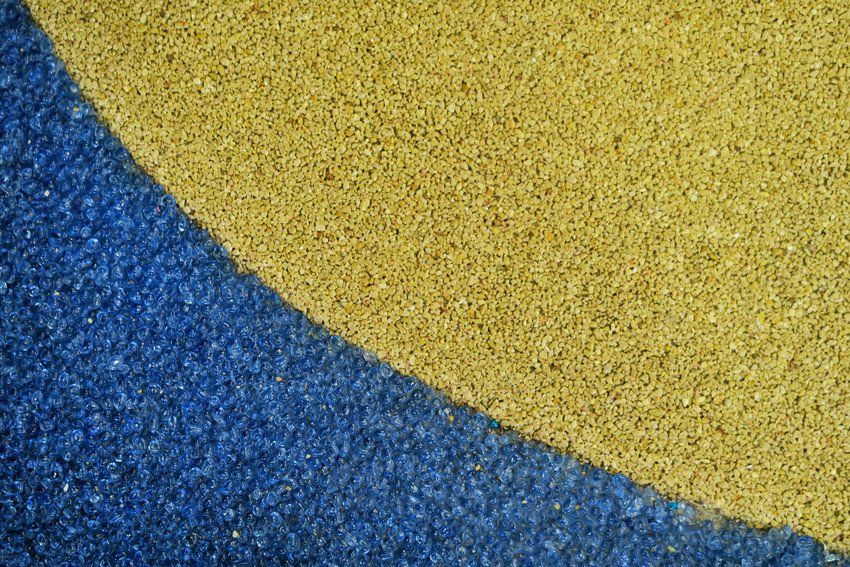Road surface causing you strife? Potholes so big you’re scared you’ll do the car damage passing through them?
If you answered yes, you might need your road resurfacing.
Join us as we find out more about road resurfacing, when it’s needed, and how Hazell & Jefferies can help with your resurfacing requirements.
Road resurfacing is the process of removing and replacing the road’s surface, to ensure its longevity and keep it safe for both people and vehicles.
The surface and sub-layers of a road are removed and then replaced.
Depending on the road, however, there can be more steps to the process. For example, you may have to renew pavement markings, adjust utilities, replace gutters, replace curbs, upgrade access ramps, replace signal loop detectors, and do any patching and milling. Surface dressing is a more environmentally friendly (and pocket-friendly) alternative if a road can be better maintained and kept.
While the steps taken may vary, the basic process of road resurfacing involves:
Road resurfacing fixes potholes and other damage that has formed over time.
It ensures a smooth, level and safe road surface for drivers, cyclists and pedestrians. The benefits of this are:
Find out more about the benefits of road resurfacing.
Many people use the terms interchangeably, but they refer to two different things.
Surface dressing is when a road is in relatively good condition and is given a new protective layer of bitumen and chippings on the existing surface, to extend its lifespan.
Resurfacing is when up to 300mm of the road surface is removed and replaced with a new asphalt layer, which is rolled for a smooth, fortified surface. It’s more extensive (as well as expensive) and is used when the road surface has deteriorated so much that surface dressing is not an option.
It depends on the damage, the length of road that needs resurfacing and the weather conditions. Road resurfacing takes a lot longer than surface dressing. Once the new asphalt is laid, however, it must be left to dry.
Even this process doesn’t have an exact timeline, as extreme temperatures, as well as rain and snow, can have a significant impact on how it dries. Extremes of hot or cold, particularly, will prolong how long road resurfacing takes. As a ballpark figure, drying can take anything from three to 24 hours.
A new road surface will generally last 15 to 20 years.
Resealing should happen every decade to keep the surface shipshape. A well-maintained road will always last longer before it needs full resurfacing. However, it depends on the traffic on the road and the weather conditions experienced after the resurfacing.
At Hazell & Jefferies, we pride ourselves on high-quality road surfacing work, as well as friendly customer service.
Fully accredited and insured, when we work on your road resurfacing project, you’re guaranteed exceptional results that are designed to last.
Contact us today to find out more about the services we provide.

